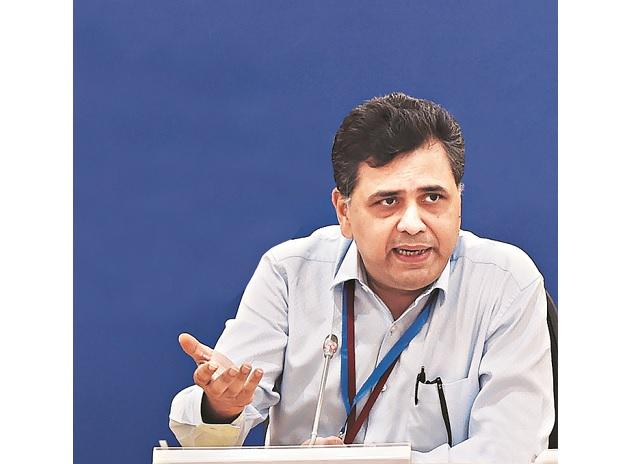Market regulator Securities and Exchange Board of India’s (Sebi’s) experiment with the same-day settlement cycle has found few takers during its soft launch phase, rolled out for just 25 stocks.
Since its introduction in March, the T+0 mechanism — an optional settlement cycle, parallel to the mainstream T+1 cycle where trades are settled on a next-day basis — has logged a turnover of just Rs 5.7 lakh on the NSE, with six of the 25 scrips not recording even a single trade. Of the total, over 80 per cent, or Rs 4.63 lakh, was registered on March 28, the launch day.
The turnover for T+0 trades on the BSE is even lower at under Rs 3 lakh.
According to industry sources, Sebi plans to launch a revised framework, aiming at wider implementation and adoption, in November.
Industry players said the move to T+0 came close on the heels of the T+1 rollout. So, it didn’t gain wider acceptance despite its benefits.
The shorter T+0 cycle helps free up capital fast, allows clients to have better control of their securities, and enhances risk management by clearing corporations.

Most digital-led brokers or brokers with a larger share of active clients have yet to offer the option. Industry officials said only token trades had taken place, leading to lower volumes. They said while there was no investor demand for the shorter cycle at the moment, there were operational challenges too.
“There are technology challenges for brokers in terms of system capabilities for handling both T+0 and T+1 for clients in the front-end system simultaneously. There will also be challenges in handling client limits separately for each settlement. There are defined time limits within which early pay-in needs to be done. There are other challenges in terms of pending orders placed by customers on T+0 settlement in case of execution near the cut-off time,” said a broking firm executive asking not to be named.
“We are keen to offer it and we are working on technology-related changes. Also, there needs to be customer awareness and demand for the shorter cycle along with a wider offering of stocks. This is a path-breaking initiative but will take time to take off,” said Dhiraj Relli, managing director of HDFC Securities.
Queries sent by email to stock exchanges on their plans to widen the number of stocks in T+0 had not elicited a response till the time of going to press.
“Investors don’t see much benefit as the money gets free only after the market trading hours and, thus, can be deployed the next day. We believe that there would be more participation and inclination for instantaneous settlement as investors and traders would be able to take the benefit immediately. They will be able to use it for other trades,” said an official of a brokerage house who did not wish to be named.
India transitioned from a T+5 settlement cycle (trade plus five days) to T+3 in 2002, and subsequently to T+2 in 2003. The T+1 settlement cycle was introduced in a phased manner in 2021 and fully implemented from January 2023.
In April, Sebi Chairperson Madhabi Puri Buch detailed the benefits of a shorter settlement cycle. “The defect rate of settlement, a measure used to assess the delivery versus payment ratio, has reduced after the transition to T+1. Prior to T+1, the defect rate was 0.7 per cent to -0.8 per cent; after T+1 settlement, the ratio halved to 0.2 per cent to 0.3 per cent,” she said.
First Published: Jun 26 2024 | 12:36 AM IST
Note:- (Not all news on the site expresses the point of view of the site, but we transmit this news automatically and translate it through programmatic technology on the site and not from a human editor. The content is auto-generated from a syndicated feed.))



